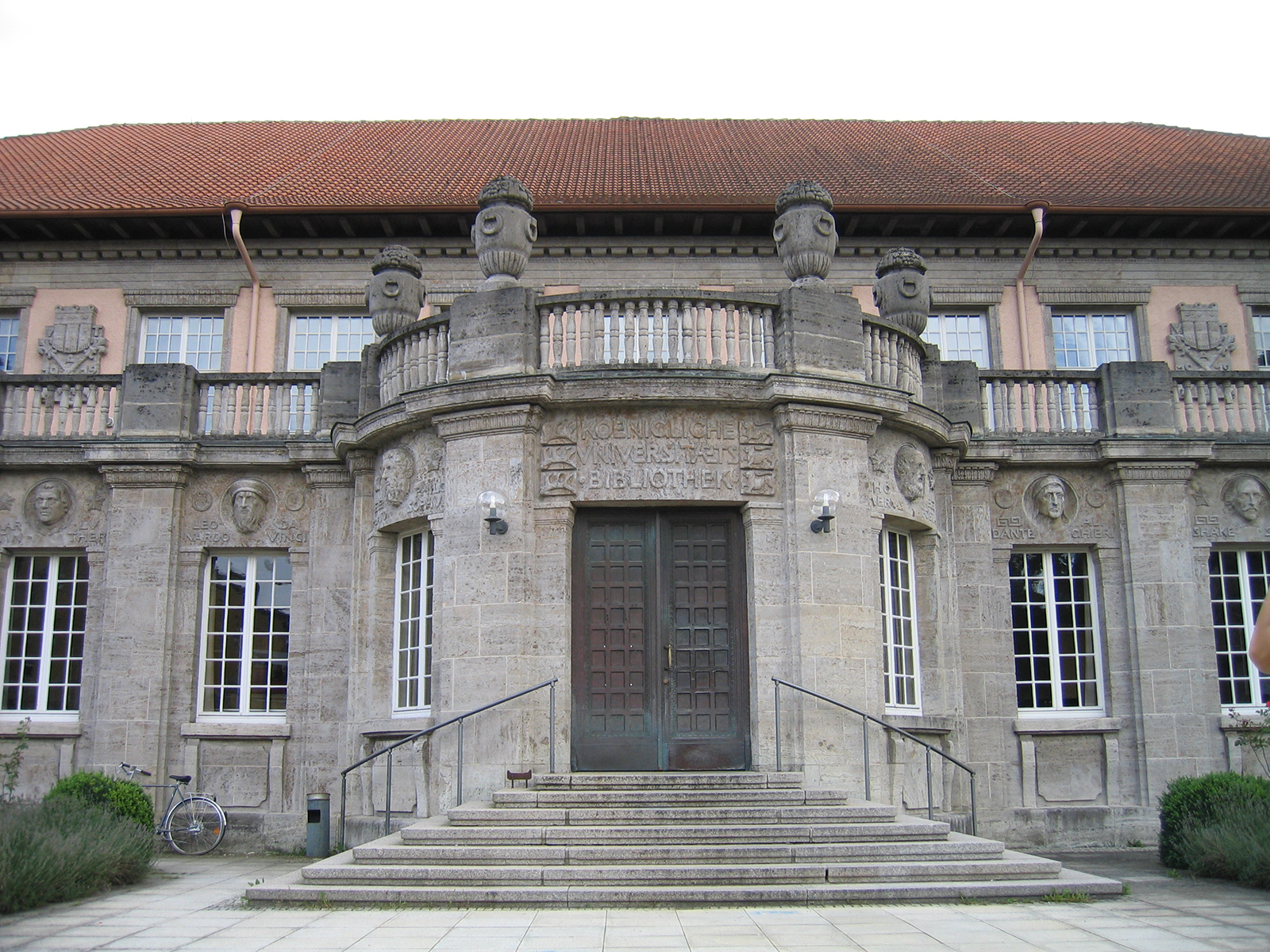University of Tübingen: Allgäu beavers have lived in the family clan for more than eleven million years
The Hammerschmiede in the Allgäu, where the great ape Danuvius was found, is a unique treasure trove for paleontologists: over 140 fossil vertebrate species have already been recovered here. The way of life and the development of an extinct beaver species can now also be understood on the basis of the bone finds: Steneofiber depereti was somewhat smaller than today’s beavers and already settled in the rivers of southern Germany more than eleven million years ago. Thomas Lechner and Madelaine Böhme from the Senckenberg Center for Human Evolution and Palaeoenvironment at the University of Tübingen conclude from a comparative study of the teeth of the prehistoric rodent that the population dynamics and ecology of this species were already very similar to those of today’s European beavers.
“Today’s beavers are very familiar. Parent animals and up to two generations of young animals take care of the offspring together,” says doctoral student Thomas Lechner, head of the excavation at the site. Sexually mature animals eventually leave the clan and seek their own territory. The optimal beaver territories are mainly on larger rivers and are usually already occupied, so that young adult beavers are forced to settle upstream on smaller streams. The survival conditions here are significantly more difficult and the mortality rate is correspondingly higher in this age group than in adult animals that colonize an optimal habitat.
“It is unusual that statements on the mortality and ecology of fossil animal species are possible – mostly only single finds exist,” says Professor Madelaine Böhme. In this case, the key is provided by the site itself: “The site Hammerschmiede provides a detailed insight into two different fossil habitats, a smaller stream – the habitat of the great ape Danuvius guggenmosi – and a larger river.” This makes it possible to determine the mortality rate of the beavers in the river to be compared with those in the stream. “We were able to collect the teeth of many beavers from both deposit areas and create and compare ‘mortality profiles’ based on the respective tooth wear,” explains Lechner.
“The result clearly shows that in the stream area, young adult beavers in particular had a high mortality rate and that there were almost no young or old animals. In the river, on the other hand, exactly the opposite is evident: with a high mortality rate in infancy and a linearly falling mortality rate in old age – young adult beavers seem to be missing here.” This is exactly the picture that today’s beaver populations paint. The optimal habitat for Steneofiber depereti was therefore, as with today’s representatives of this genus, in larger river areas. It can also be assumed that eleven million years ago beavers lived in family clans in the Allgäu with parental care for several years.
Both the ecological similarities of this beaver species and the morphological characteristics of the teeth also lead to the conclusion that Steneofiber depereti can be classified in the direct lineage of today’s beavers. “The molar teeth of our fossil beaver show similarities with the ancestor of today’s beavers. They fill a small gap between previously clearly defined species and prove a rather continuous beaver evolution to the present form,” explains Lechner.
“The study shows once again how worthwhile the meticulous excavation work is and what unique potential fossils can have, in that not only the pure morphology, but also the statistical age distribution of the finds can provide unexpected insights,” says Böhme.
The excavations at the Hammerschmiede ape site have been under the direction of Professor Madelaine Böhme from the Senckenberg Center for Human Evolution and Palaeoenvironment at the University of Tübingen since 2011. Since 2020 they have been financially supported by the Free State of Bavaria.

